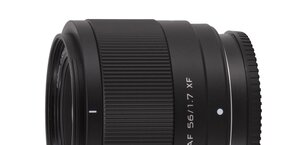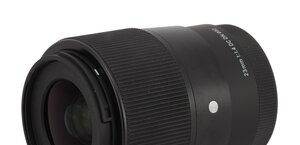Samyang 100 mm f/2.8 ED UMC MACRO
4. Image resolution
Let’s check how the tested lens compares – its results in the frame centre, on the edge of the APS-C/DX sensor and on the edge of full frame are presented by a graph below.
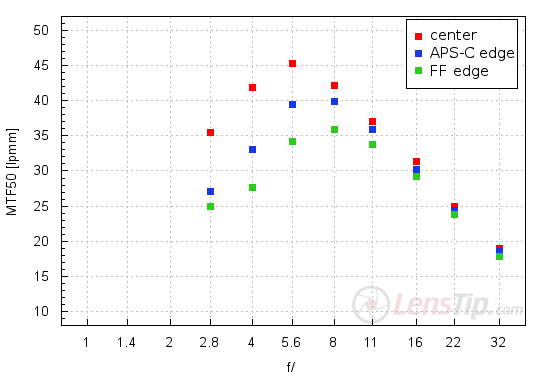
Please Support UsIf you enjoy our reviews and articles, and you want us to continue our work please, support our website by donating through PayPal. The funds are going to be used for paying our editorial team, renting servers, and equipping our testing studio; only that way we will be able to continue providing you interesting content for free. |
- - - - - - - - - - - - - - - - - - - - - - - - - - - - - - - - - - - - - - - - - - - - - - - -
The results in the frame centre can be called only very good, excellent even. Already at the maximum relative aperture the MTFs reach over 35 lpmm so the images are fully useful. On stopping down the lens gets above 45 lpmm so a level worth of the best fixed focal length devices.
A bit more reservations we have when it comes to the edge of the frame. At the maximum relative aperture, no matter whether you employ the APS-C or full frame, the image is hardly sharp. In the case of the smaller sensor it’s enough to stop the lens down a bit (by about 0.5 EV) in order to reach a useful level but on full frame you have to use an aperture of about f/4.5. This is definitely worse than the performance of its direct rivals.
As we are already comparing the tested lens to its rivals let’s present the results reached in the frame centre by the Samyang and other devices we tested on the full frame Canon sensor; we do it in a form of a graph.
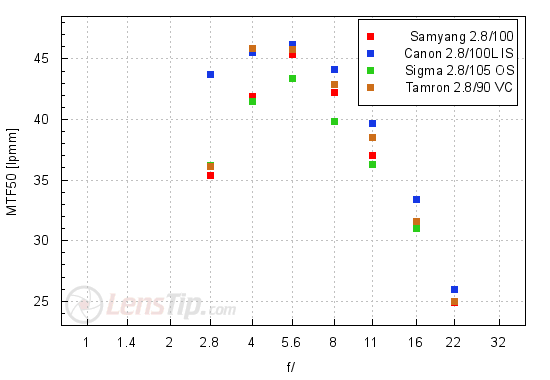
As you see it is crystal clear that the Canon 2.8/100L Macro is simply peerless here, with a huge advantage over other competitors at the maximum relative aperture. From f/4.0, though, the Tamron 2.8/90 VC can compete on equal terms with the Canon and from f/5.6 the Samyang joins that rivalry; the Sigma 2.8/105 OS remains the weakest in this group.
To sum up the Samyang 100 mm f/2.8 ED UMC Macro has very good results in the frame centre but it can hardly be called the best lens around. Especially on the edge of the frame the Samyang seems to be the weakest among all 100 mm devices compared here and it is hardly a piece of good news for the Korean producer.
At the end of this chapter traditionally we present crops taken from photos of our resolution testing chart, saved as JPEG files along RAW files we used for the analysis above.
| Canon 5D Mk III, JPEG, f/2.8 |
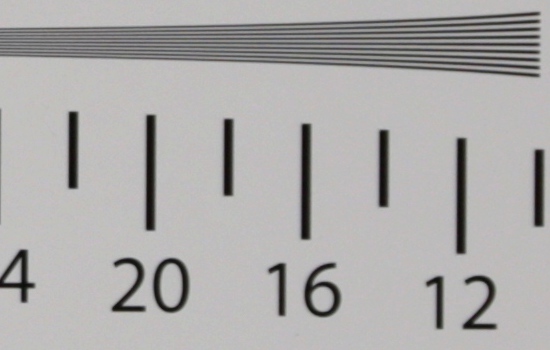 |
| Canon 5D Mk III, JPEG, f/5.6 |
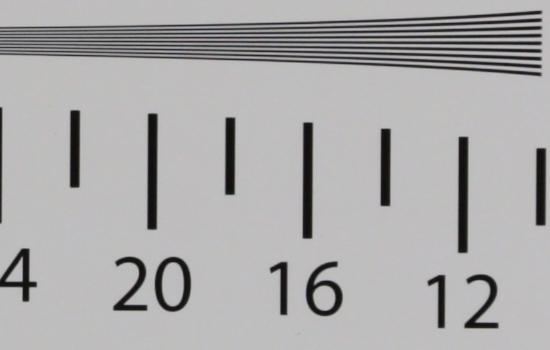 |




